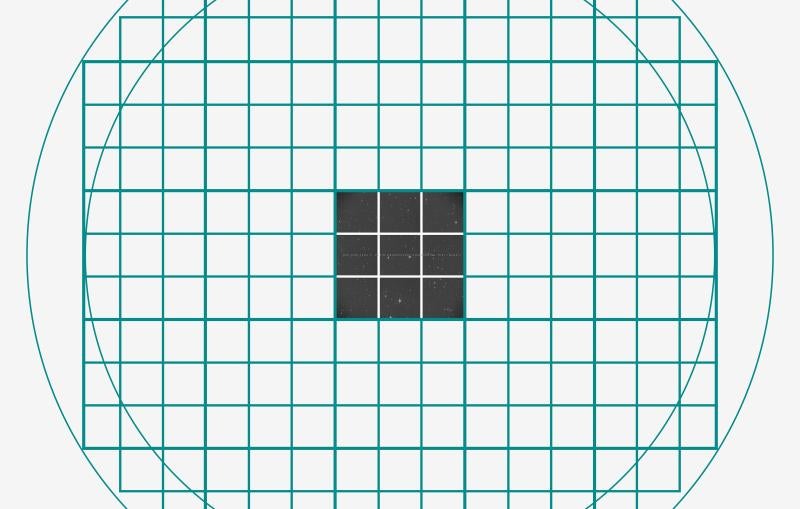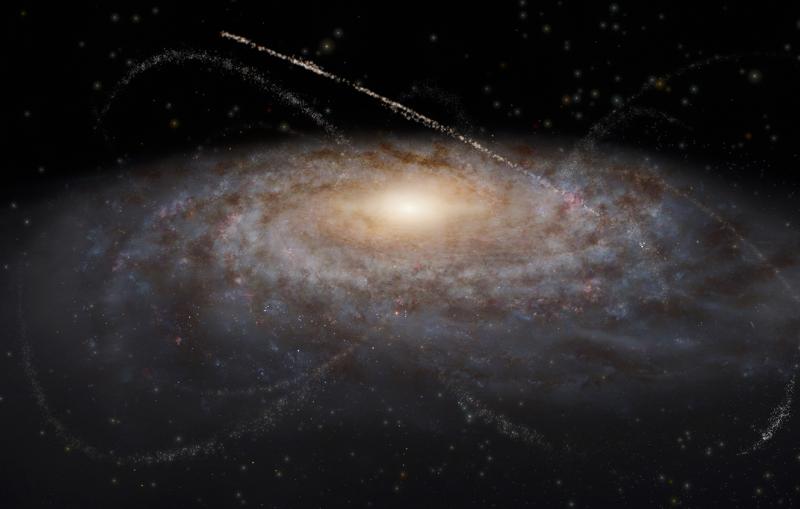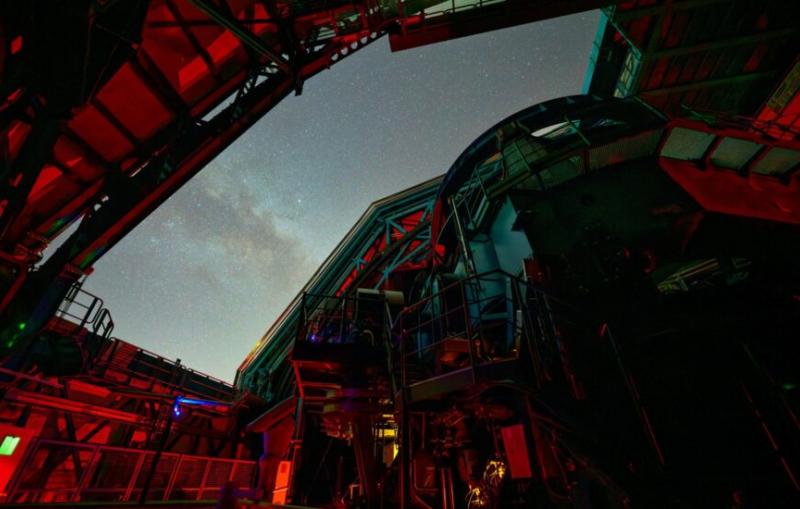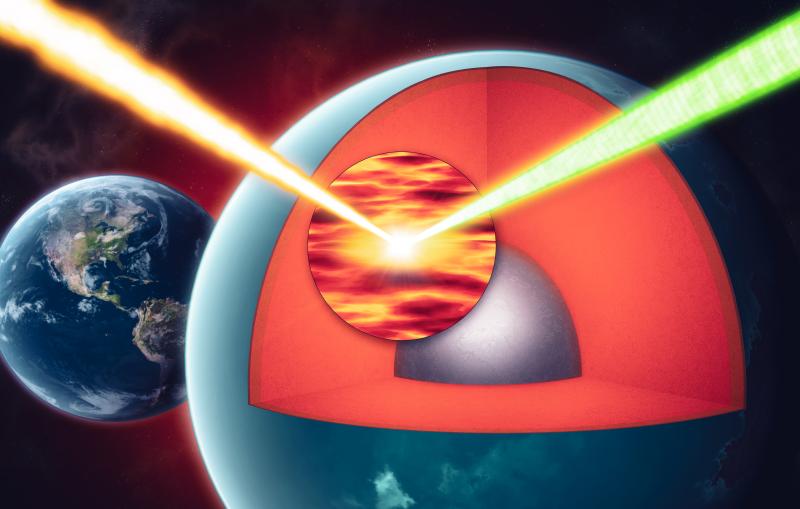Laser-focused: Chandra Breanne Curry appointed first LaserNetUS coordinator
Through her work with this nationwide program, Curry plans to make high-power laser facilities more accessible to researchers.
LaserNetUS was created in 2018 to improve access to unique laser facilities for researchers and help restore the nation's once-dominant position in high-intensity laser research. Now, the initiative has appointed its first coordinator: Chandra Breanne Curry, a scientist at the Department of Energy’s SLAC National Accelerator Laboratory who works on laser experiments to produce novel sources of ions and neutrons for applications in areas such as medicine and industry.
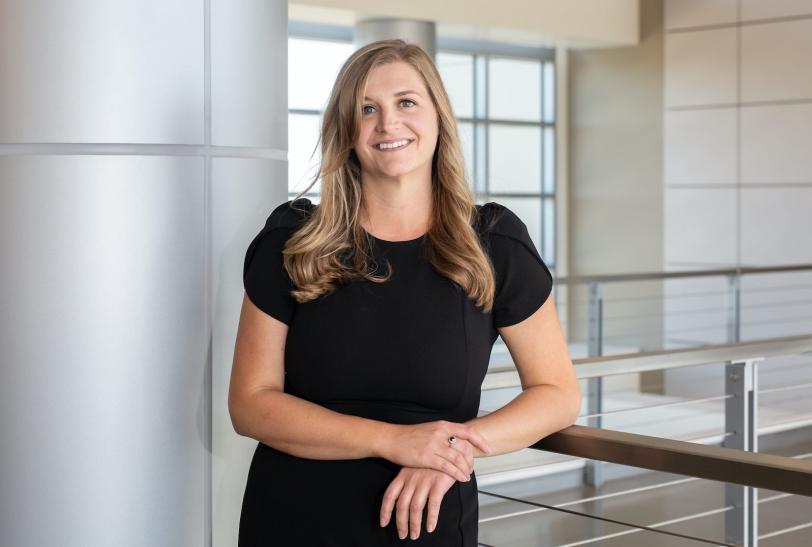
“LaserNetUS is evolving,” Curry says. “It’s growing into a bigger entity whose activities now require central coordination. This past year, the structure of the initiative has grown with the formation of six independent committees. In this coordinator role, I will ensure effective information flow between LaserNetUS and the user community to find the best facility and capabilities to perform world-leading science experiments. The role will also formalize the management of LaserNetUS out of SLAC, allowing the lab to continue to drive progress in the fields of high-energy-density laboratory plasmas and intense ultrafast laser science.”
Carving a path to impactful science
Organized and funded through DOEs Office of Fusion Energy Sciences, LaserNetUS includes facilities in the United States and Canada that operate high-intensity lasers, which have a broad range of applications in basic research, advanced manufacturing and medicine.
“The varied science that can benefit from LaserNetUS facilities ranges from elementary particles to high density plasmas, geoscience to medical science, and attosecond physics to high energy astrophysics,” says Philip Bucksbaum, a professor at SLAC and Stanford University. “The enhanced cooperation and coordination brought about by the network promotes petawatt laser utilization for truly transformative science.”
These lasers can recreate some of the most extreme conditions in the universe, such as those found in supernova explosions and near black holes. They can generate particle beams for high energy physics research or intense X-ray pulses to probe matter as it evolves on ultrafast time scales. They are being used to develop new technology, such as techniques to generate intense neutron bursts to evaluate aging aircraft components or implement advanced laser-based welding.
“High power lasers are a relatively new tool that will allow us to access a much more complex physics regime that has not yet been fully explored, where the processes are not well understood,” Curry says. “This is an exciting new challenge to carve a path towards impactful science, to be able to successfully work with a new idea, tool or device.”
Several LaserNetUS facilities also operate high-energy longer-pulse lasers that can produce exotic and extreme states of matter like those in planetary interiors or highly compressed materials; they can also be used to study laser-plasma interactions, important to inertial fusion energy programs.
“Whenever I'm looking at physics problems, I really get my motivation and drive from seeing the tangible, societal impact,” Curry says. “My own research focuses on developing new tools to miniaturize particle accelerators for a wide range of applications, such as proton therapy; it’s a way to tackle a big problem and treat disease. I'm passionate about supporting laser-plasma research with the goal of achieving unlimited fusion energy for the same reason. I can see that it offers a way forward in combatting a global issue: climate change.”
Hooked on math
Curry grew up in Alberta, Canada, and she began her undergraduate studies at McGill University in Montréal, Québec with the goal of becoming a medical doctor. However, she quickly realized this wasn’t the right fit for her.
“In high school, I was extremely strong in math, but I grew up in very much a working-class community and we were more familiar with professional degrees like doctors and lawyers, so I thought that biology and medicine were the best path,” Curry says. “In addition to my premed requirements at McGill, I was taking an honors accelerated calculus course for a challenge. The friends I made in that course really drove me to transition into a more math- and science-based theoretical program. I ended up getting hooked on that and I went all the way through my undergraduate studies with this big cohort of people that I met in that first class.”
During her undergraduate studies at McGill, Curry completed internships at the University of Alberta and the DOE’s Lawrence Livermore National Laboratory (LLNL) before coming to SLAC in 2015 to join the High Energy Density Sciences (HEDS) Division, led by Siegfried Glenzer. Once Curry completes her PhD this year, she will convert to a staff position at SLAC. In addition to her work with LaserNetUS, she will continue research on laser-driven ion and neutron sources; a project that was recognized by a prestigious postdoctoral fellowship from the Natural Sciences and Engineering Research Council of Canada.
Unique perspective
As part of Glenzer’s group, Curry’s home base is the Matter in Extreme Conditions (MEC) instrument at SLAC’s Linac Coherent Light Source (LCLS) X-ray free-electron laser. She’s involved in an upgrade to the instrument called MEC-U that will dramatically improve our understanding of the conditions needed to produce fusion energy and to replicate a wide range of astrophysical phenomena here on Earth.
Through HEDS, Curry has had the opportunity to conduct experiments at facilities all over the world, many of which are part of the LaserNetUS network. Curry’s experience both leading and collaborating on experiments at laser facilities in the US and around the world will allow her to provide a broad and international perspective to LaserNetUS.
“This is a unique situation that doesn't usually happen for a lot of graduate students,” Curry says. “I was able to develop this huge breadth of experience at all these different facilities, which I’m confident will help me guide the network to deliver on a broad scientific agenda to bring fundamental research to maturity for applications in high-energy density science, inertial fusion energy, as well as in medicine and industry.”
Collaborative effort
As the LaserNetUS coordinator, Curry will provide support to various LaserNetUS subcommittees; make sure users have access to the latest updates through the LaserNetUS website and other official channels; and relay information to the DOE, such as user requests for additional facility capabilities and enhancements.
“I really look forward to working with Chandra in her new role,” says Félicie Albert, LaserNetUS Chair and Deputy Director of the Center for High Energy Density Sciences at LLNL. “Since its inception in 2018, the LaserNetUS network has grown from one group of facility PIs meeting weekly to 6 different committees. Because of her unique skill set that includes leading experiments at our facilities as a graduate student, Chandra is uniquely positioned to coordinate productive interaction among these newly formed committees.”
Through this role, Curry plans to make high-power laser facilities more accessible to researchers and encourage collaboration between groups.
“We want to provide a formal framework for researchers who are doing similar research throughout the country to be in contact with each other and share expertise,” Curry says. “This will allow us to advance more quickly than if we were working in isolation. It's really bringing that collaborative effort to the field to pursue these different research objectives.”
LCLS is a DOE Office of Science user facility.
For questions or comments, contact the SLAC Office of Communications at communications@slac.stanford.edu.
SLAC is a vibrant multiprogram laboratory that explores how the universe works at the biggest, smallest and fastest scales and invents powerful tools used by scientists around the globe. With research spanning particle physics, astrophysics and cosmology, materials, chemistry, bio- and energy sciences and scientific computing, we help solve real-world problems and advance the interests of the nation.
SLAC is operated by Stanford University for the U.S. Department of Energy’s Office of Science. The Office of Science is the single largest supporter of basic research in the physical sciences in the United States and is working to address some of the most pressing challenges of our time.

